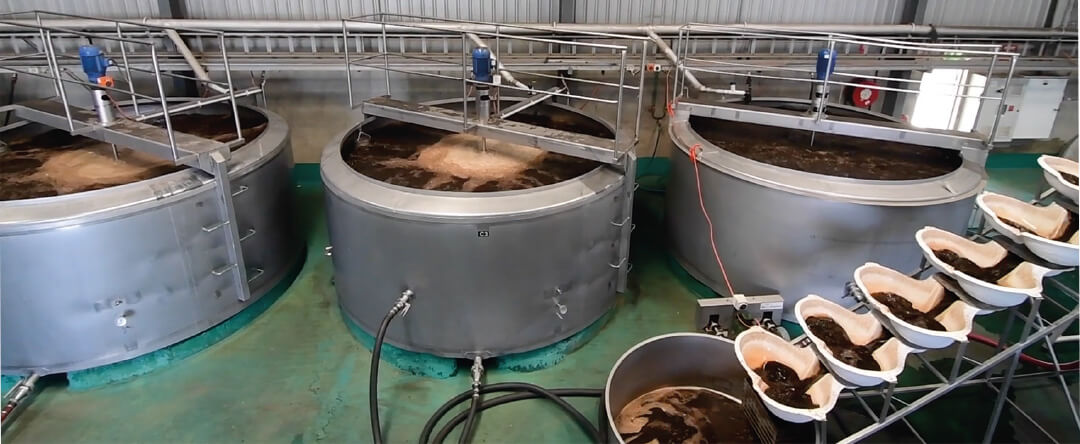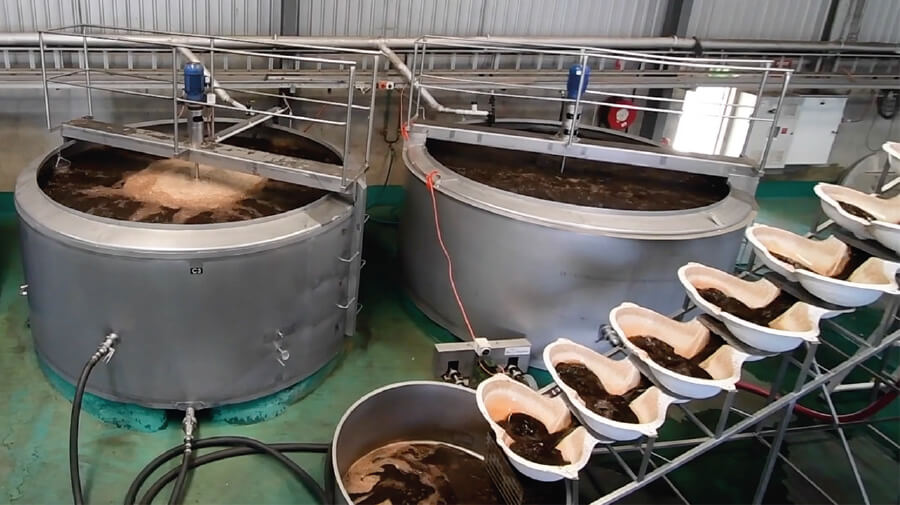
Latest
News
Biostimulants to the rescue – enhancing fertiliser efficiency
Helping soils do what they do naturally.
Nitrogen Use Efficiency (NUE) is the term used to describe the effectiveness of nitrogen uptake by plants, whether it be nitrogen latent in the soil, sequestered from the air, or applied as fertiliser.
NUE is impacted by two main factors; the ability of nitrogen to be transformed into plant usable forms, and the ability of those nutrients to be transported and taken up by the plant. The presence of soil antagonists, competing chemical processes that lead to losses through volatilisation, and leaching out of the root zone, are three key loss pathways that need to be mitigated or combatted.
As all farmers know, Nitrogen (N) is a key nutrient to promote growth, and in cereal crops protein. It is also important to plant metabolism and the creation of chlorophyll. Having enough N available to your crop is critical to yield and quality.
The N naturally occurring in soils is only partially available to plants, with the majority present in organic forms that need to be converted to plant-available forms by soil biology this process is called mineralisation.
In contrast, plants can readily take up mineral forms of N, including nitrate and ammonia, which are common forms of fertiliser. Urea is the most common N fertiliser. It readily converts to plant available forms of N in the presence of moisture. However, with all fertilisers there are losses to antagonists, volatilisation or leaching.
The importance of N to yield and quality means fertilisers are often overapplied. This increases losses, increasing money lost, and environmental risks (soil degradation, waterway eutrophication, and greenhouse gas emissions).
Given the impact on costs and the environment, NUE is extremely topical. More so when fertiliser prices are high, with farmers offered products with chemical inhibitors to reduce losses or applying fertiliser when required but at lower rates (less N more often), adding cost, and not able to apply when conditions are too wet.

BioAg’s founder and Executive Chairman, Anton Barton.
There is an alternative: Helping soils do what they naturally do.
Biostimulants containing labile carbon (sugars and carbohydrates) when applied with N fertilisers increase the formation of organic compounds that contain both nitrate and ammonia. When applied with Urea they form the same compounds as the N in Urea converts to ammonia or nitrates. These N-containing organic compounds hold the N in the root zone. As crops or plants look for N, these compounds are broken down releasing N. In addition, feeding the rhizosphere means crops are better able to sequester N from the atmosphere, leveraging the natural N cycle. Growers following a BioAg program have been able to achieve equivalent or superior yields using less N fertiliser than convention dictates. In addition, trials have shown that the use of BioAg biostimulants has delivered as good, or superior yields when applying all N upfront.
Using BioAg’s Soil & Seed® and carbon-enriched HydraHume® biostimulants in combination with N fertilisers can enhance N efficiency and its retention in the soil. They can be applied pre-sowing, at sowing, or as required during important plant growth stages, via fertigation, soil-applied, seed-applied, or foliar boom spray.

BioAg’s Biostimulant production facility, Narrandera NSW.
Soil & Seed improves soil structure, thereby increasing nutrient and moisture retention in the soil and greatly reducing the amount of nutrients lost through leaching. It encourages rapid germination and early root development and helps buffer the crop against stresses such as pests, heat, frosts, drought, and disease.
HydraHume builds soil humus thereby increasing soil fertility. By directly contributing to humus development, HydraHume increases the soil’s water and nutrientholding capacity.
Balance & Grow® is recommended with foliar application of N to increase its bioaccumulation (gradual accumulation of substances) and efficiency. It is formulated to deliver a broad spectrum of beneficial nutrients and biological compounds. Hence, crops have access to a complete suite of food sources during the critical vegetative growth phase.
BioAg’s range of foliar biostimulants is designed to deliver foliar macro and micronutrients, and also an additional broad range of biologically active compounds to enhance crop physiological processes and increase nutrient assimilation and resilience to environmental stresses.


Recent Comments